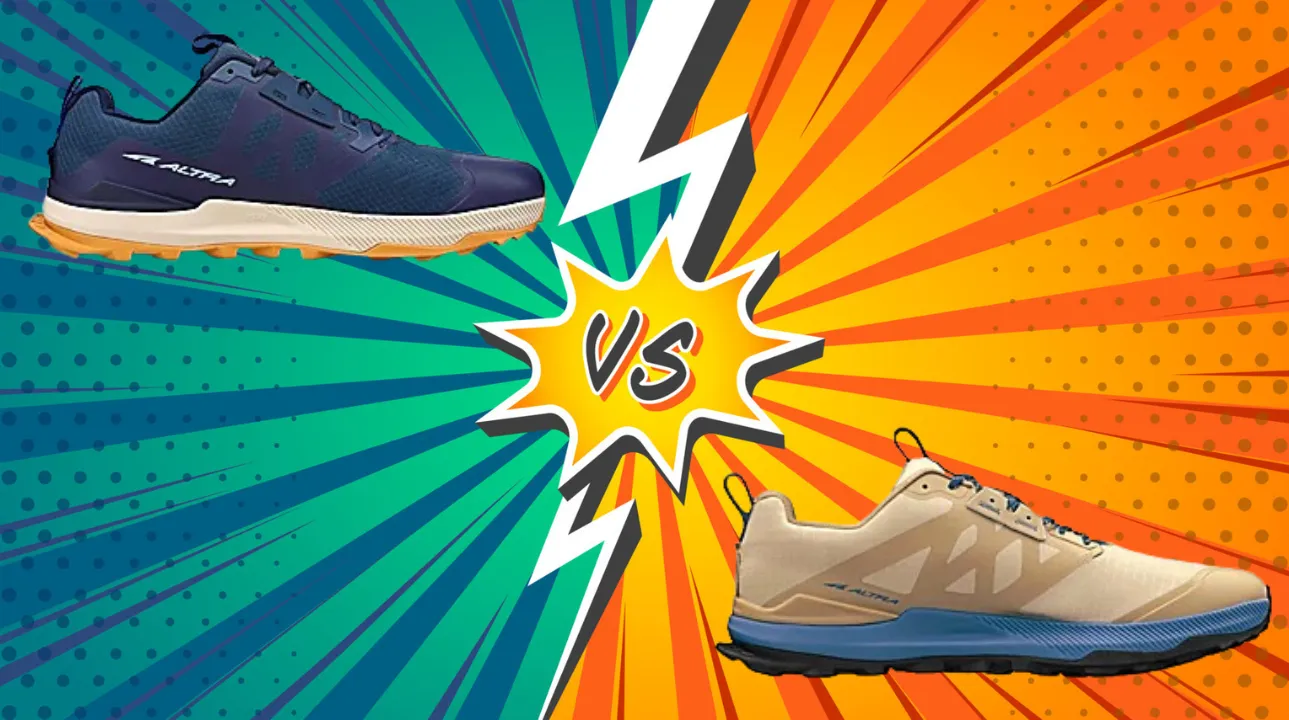Are you a trail runner seeking the perfect shoes to conquer the rugged terrain? Look no further than Altra’s Lone Peak series, with the Lone Peak 7 and Lone Peak 8 leading the pack. These two models have garnered a loyal following among outdoor enthusiasts, but which one reigns supreme?
In this comprehensive comparison, we’ll dive into the features, performance, and nuances that set these trail-blazing shoes apart, helping you make an informed decision aligning with your specific needs and preferences. From cushioning and stability to durability and fit, we’ll leave no stone unturned in determining the ultimate trail companion.
Comparison Table between Altra Lone Peak 7 and Lone Peak 8:
| Feature | Lone Peak 7 | Lone Peak 8 |
|---|---|---|
| Launched In | 2022 | 2024 |
| Stability | Some stability | Neutral |
| Flexibility | Medium | Flexible |
| Sizing | Men: 7-13, Women: 5-11 | Men: US9 |
| Weight | 11 oz (312 g) | 10.7 oz / 303g (Men’s US9) |
| Cushioning | Balanced, medium cushioning | High |
| Outsole | Trail outsole with lugs | MaxTrac rubber |
| Midsole | Altra Ego | Responsive and protective |
| Upper | Breathable | Breathable mesh |
| Retail Price | $150.00 | $140.00 |
Feature comparison:
Material:
The 7 has a lugged trail outsole providing traction, Altra Ego midsole for balanced cushioning, and breathable upper.
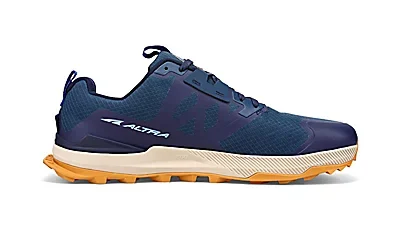
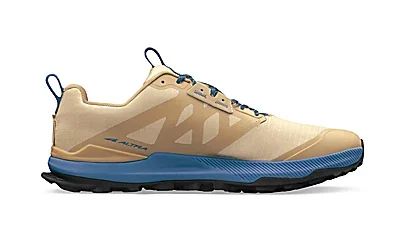
The 8 features a MaxTrac rubber outsole renowned for grip, a responsive protective midsole, and breathable mesh upper construction for ventilation. Both uppers prioritize breathability.
Durability:
The Lone Peak 8 may have an advantage with its exceptionally durable MaxTrac rubber outsole resistant to wear and tear, along with its breathable mesh upper that is more abrasion-resistant compared to some materials. However, both models are built to withstand the demands of trail running.
Fit:
Both the Lone Peak 7 and 8 are designed with Altra’s signature foot-shaped toe box, allowing for natural toe splay and promoting better balance and stability on trails.
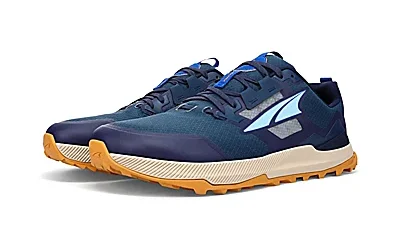
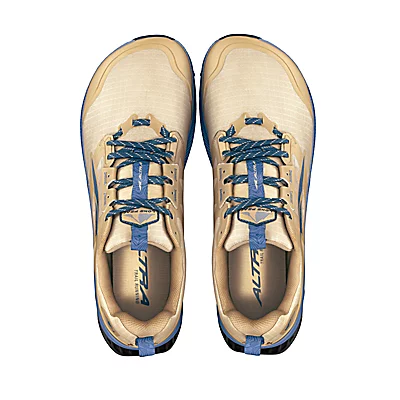
The 7 offers a wider range of sizing for both men and women, while the 8 is currently only available in men’s sizes.
Cushioning:
The Lone Peak 7 offers balanced, medium cushioning catering to those preferring a more responsive and grounded feel on trails. In contrast, the Lone Peak 8 takes cushioning to the next level with its highly cushioned design, providing enhanced shock absorption and joint protection.
Stability:
Both the Lone Peak 7 and Lone Peak 8 are designed with stability in mind, but they approach it differently. The Lone Peak 7 offers some stability, which can be beneficial for those who require a bit of extra support on the trails.
This level of stability can help prevent excessive foot motion and reduce the risk of injury, especially on uneven or technical terrain.On the other hand, the Lone Peak 8 is described as having neutral stability, which means it provides a more natural and flexible ride.
This can be advantageous for those who prefer a more minimalist approach to trail running or those who have a more efficient and stable gait pattern.
Value for Money:
When it comes to value for money, both the Lone Peak 7 and Lone Peak 8 offer competitive pricing for their respective features and performance. The Lone Peak 7 retails for $150.00, which is a reasonable price point for a high-quality trail running shoe with medium cushioning and some stability features.
Meanwhile, the Lone Peak 8 comes in slightly more affordable at $140.00, making it an attractive option for those seeking a highly cushioned and flexible trail running shoe without breaking the bank.
It’s worth noting that while the Lone Peak 8 may have a slight edge in terms of pricing, the Lone Peak 7 may offer better value for those who prioritize a balance between cushioning, stability, and a wider range of sizing options.
Performance comparison:
Walking:
The 7’s balanced cushioning and stability make it ideal for leisurely walks or hikes on moderate terrain. Its responsive midsole and trail-specific outsole provide a comfortable, stable ride.
The 8’s highly cushioned design and flexible construction excel for extended walking sessions and long-distance hikes, alleviating fatigue.
Running:
The 7’s balanced cushioning and medium flexibility suit trail runners preferring a responsive, grounded feel for shorter distances or faster runs.
The 8’s high cushioning and flexible design prioritize maximum protection and comfort, minimizing impact for ultra-distance runners or on rugged terrain.
Standing All Day:
The 7’s balanced cushioning and stability features offer a supportive platform for those moving frequently while standing for long periods, distributing weight evenly. The 8’s high cushioning absorbs impact from prolonged standing, while its flexibility promotes natural foot movement, preventing stiffness.
Plantar Fasciitis:
The 7’s balanced cushioning and support can help reduce strain on the plantar fascia. Its responsive midsole distributes weight evenly, minimizing pressure on the affected area. The 8’s ample cushioning absorbs impact, reducing stress, while its flexibility allows natural foot movement without excessive tension.
Conclusion:
Choosing between the Lone Peak 7 and Lone Peak 8 ultimately comes down to your personal preferences, running style, and specific needs.
The Lone Peak 7 excels with its balanced responsiveness and some stability features, making it ideal for shorter distances or faster-paced runs while still providing ample protection and traction. On the other hand, the Lone Peak 8 shines with its maximum cushioning and flexibility, offering exceptional comfort and protection for ultra-distance runs and rugged terrain.
Consider factors like sizing options and value for money, as the Lone Peak 8 lacks women’s sizes but is slightly more affordable. Ultimately, select the shoe that aligns best with your trail running requirements, finding the perfect balance between cushioning, stability, and fit for an enjoyable and comfortable experience on the trails.

